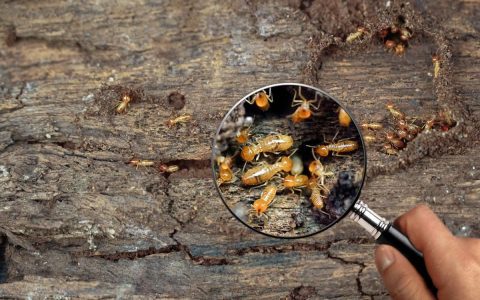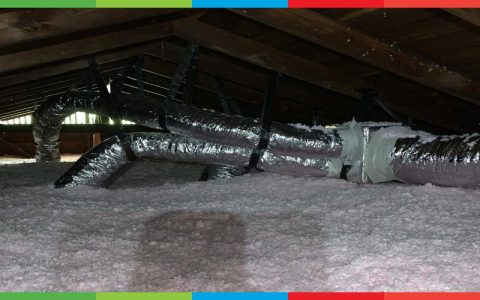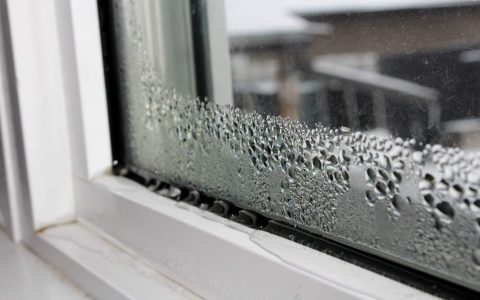While mulch itself doesn't primarily attract termites, it can create a moist, sheltered environment conducive to their activity if a colony is nearby. Identifying signs of termites in or around mulch beds is key to early detection and protecting your property.
Direct Evidence of Termites
- Live Termites: The most conclusive sign. You may observe small, pale, soft-bodied insects, often resembling white ants. These could be workers (creamy white), soldiers (larger heads and mandibles), or swarmers (darker, winged reproductives, especially during swarming season). Disturbing the mulch can reveal them.
- Mud Tubes: Subterranean termites construct protective earthen tunnels, typically pencil-thick, to travel between their nest and food sources. Look for these tubes on foundation walls adjacent to mulched areas, on retaining walls, landscape timbers, or even extending through deep layers of undisturbed mulch.
Indirect Indicators of Termite Activity
- Discarded Wings: After swarming, reproductive termites shed their wings. Finding piles of these small, translucent wings (all of uniform size) on top of or near mulch can indicate a recent swarm and a nearby mature colony.
- Damaged Wood in Mulch: If your mulch contains larger pieces of wood, inspect them for termite damage. This appears as hollowed-out sections with tunnels or galleries, often following the grain of the wood. The wood might seem decayed but will show distinct termite workings.
- Hollowed Mulch Sections: Termites consume cellulose. Over time, they can create hollowed-out areas or tunnels within the mulch layer itself, making it feel spongy or appear disturbed beneath the surface.
Important Consideration: Regularly inspect mulch beds, especially those close to your home's foundation. It's advisable to maintain a gap of several inches between mulch and any wooden structures or siding to reduce the risk of termites bridging into your home.









